
|
| Accept Cookies | Customize | Refuse Cookies |
Luisa Borroni www.juzaphoto.com/p/LuisaBorroni  |
 Epiphillum by Luisa Borroni2 comments, 329 views ![[retina]](shared_files/layout/retina_badge.jpg)  Echeveria elegans by Luisa Borroni2 comments, 425 views ![[retina]](shared_files/layout/retina_badge.jpg) 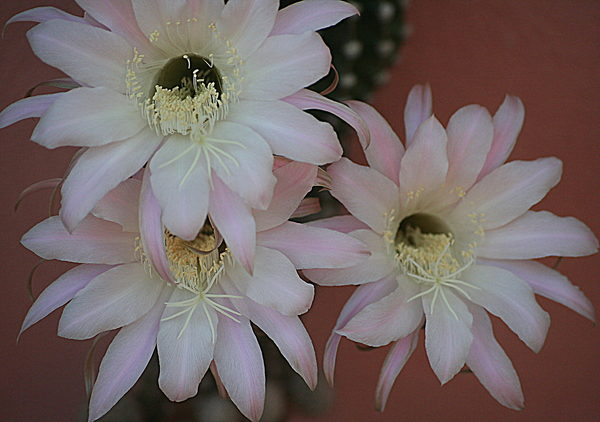 Echinopsis subdenudata by Luisa Borroni0 comments, 278 views ![[retina]](shared_files/layout/retina_badge.jpg)  Echeveria pulvinata by Luisa Borroni0 comments, 230 views ![[retina]](shared_files/layout/retina_badge.jpg) 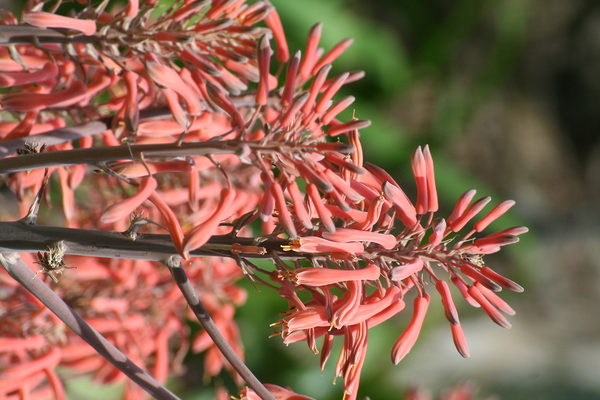 Aloe in Bloom by Luisa Borroni0 comments, 168 views ![[retina]](shared_files/layout/retina_badge.jpg)  Carpobrotus edulis by Luisa Borroni0 comments, 368 views ![[retina]](shared_files/layout/retina_badge.jpg)  Mamillaria backebergiana by Luisa Borroni2 comments, 230 views ![[retina]](shared_files/layout/retina_badge.jpg) 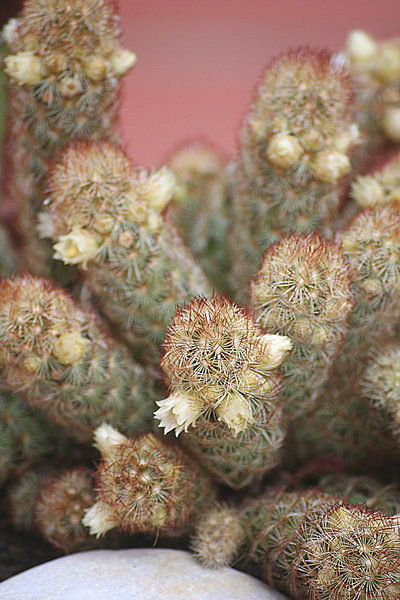 Elongated mammary by Luisa Borroni0 comments, 242 views ![[retina]](shared_files/layout/retina_badge.jpg) 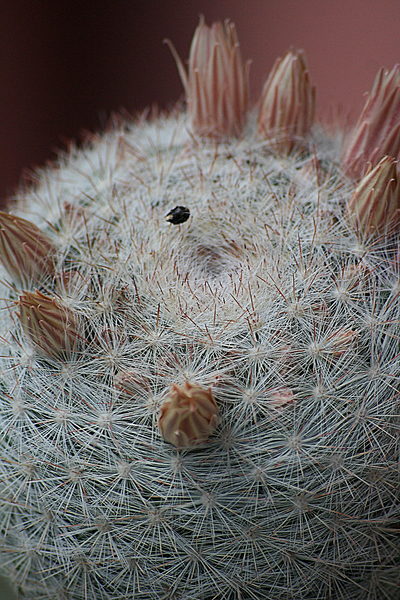 Mamillaria candida by Luisa Borroni0 comments, 265 views ![[retina]](shared_files/layout/retina_badge.jpg)  Mirtillocactus crested geometrizianas by Luisa Borroni0 comments, 293 views ![[retina]](shared_files/layout/retina_badge.jpg) 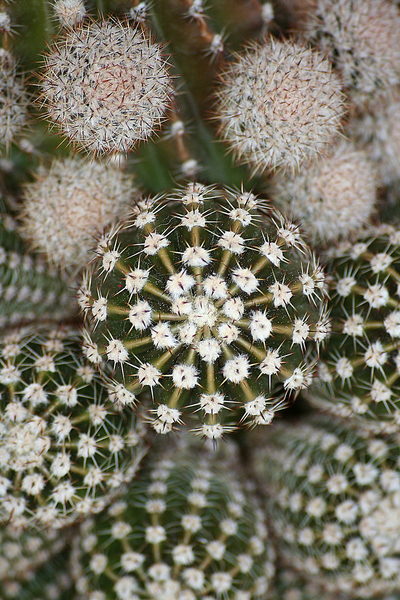 Echinopsis oxygen by Luisa Borroni0 comments, 342 views ![[retina]](shared_files/layout/retina_badge.jpg)  Sedum burrito by Luisa Borroni0 comments, 203 views ![[retina]](shared_files/layout/retina_badge.jpg)  Monvillea spagazzinii form crested by Luisa Borroni0 comments, 186 views ![[retina]](shared_files/layout/retina_badge.jpg) |
All the photos displayed in these galleries are copyright Luisa Borroni and they can not be used without the authorization of the author.
 JuzaPhoto contains affiliate links from Amazon and Ebay and JuzaPhoto earn a commission in case of purchase through affiliate links.
JuzaPhoto contains affiliate links from Amazon and Ebay and JuzaPhoto earn a commission in case of purchase through affiliate links.May Beauty Be Everywhere Around Me